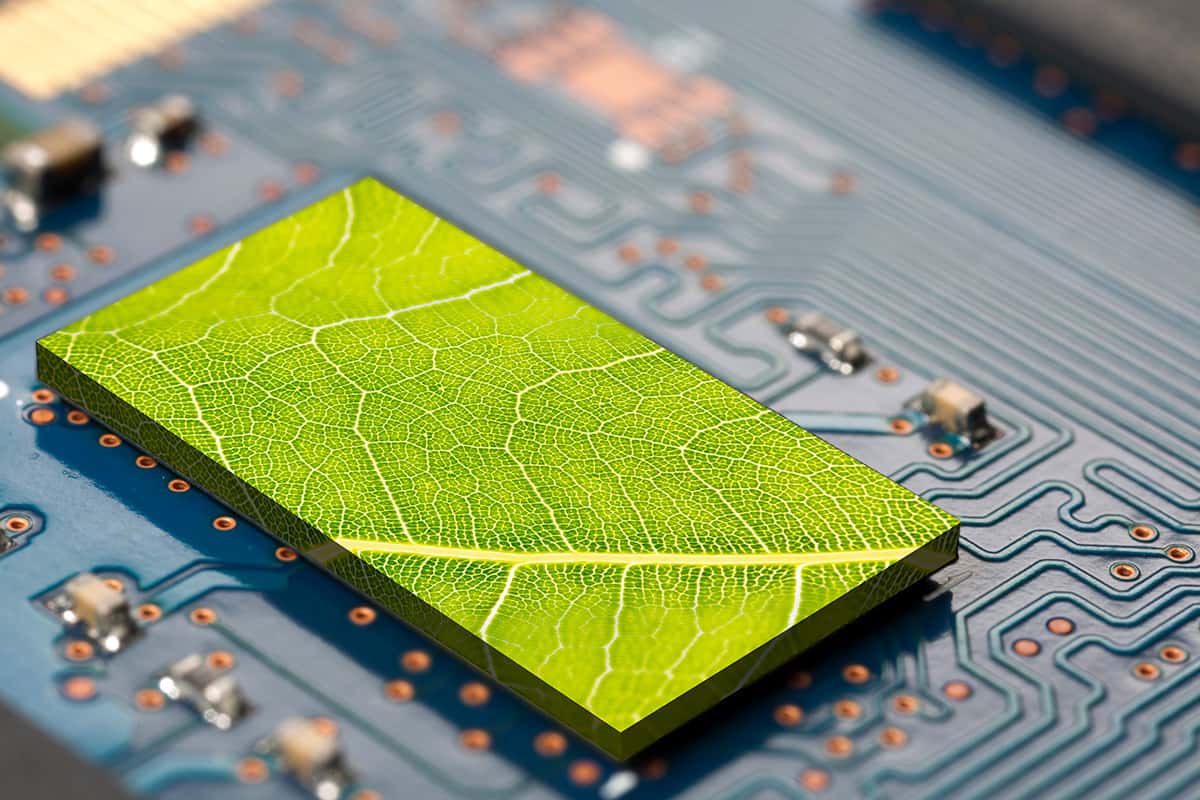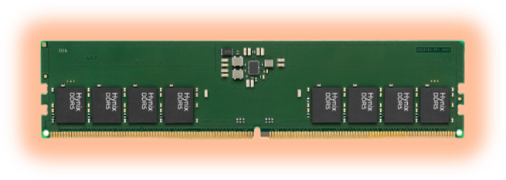The green revolution: sustainability in the semiconductor industry

Since 1970, Earth Day is celebrated across the world on April 22nd. This year, under the motto - invest in our planet – the event invited businesses, citizens, and governments to be part of the green revolution. Technology is often hailed as a cornerstone of the solutions to the climate crisis with innovations like photovoltaic cells and electric vehicles. Semiconductors are the backbone of most climate tech. As the demand for chips continues to rise, the impact of semiconductor manufacturing on the planet comes into focus.
Parts of the equation
In 2020, researchers at Harvard made an estimate of the carbon footprint of computing. The analysis gave a detailed overview of the carbon emitted, spanning from the component manufacturing until it gets (partially) recycled, including energy consumption throughout the lifetime of the computational device. The results showed that chipmaking itself was dominating carbon emissions for many types of electronic equipment in the category of communication and networking applications. That is partly because improved energy efficiency and increased performance continuously lower the carbon footprint of device operations.
Step on the gas
Greenhouse gas (GHG) emissions from chip manufacturers are categorized into three groups: scope 1 through 3. Scope 1 emissions relate to specific process gases like PFCs, HFCs, and NF3, which are used during fabrication for chamber cleaning, wafer etching, etc. Scope 2 emissions represent the bulk of the GHG footprint and arise from the energy used to run the fab. Scope 3 aggregates the upstream and downstream emissions. Since these processes occur at suppliers, customers, and during transportation, scope 3 emissions are much harder for semiconductor manufacturers to control.
For chip manufacturers, growth and innovation tend to increase emissions: Both scope 1 and 2 emissions rise with increasing business volume and shrinking node size. Leading semiconductor fabs, including SMARTsemi’s parent company SMART Global Holdings (SGH), are continuously working to reduce their GHG emissions. By relying on renewable energy sources, for example, production plants are able to bring their scope 2 emissions down. Key players in the semiconductor industry have been reporting their scope 1 and 2 emissions voluntarily and publicly to CDP (formerly known as the Carbon Disclosure Project) and pledged to reduce their environmental impact. SGH has committed to sourcing 75% of its global energy use from renewable energy by 2030.
Troubled waters
Next to vast amounts of energy, semiconductor manufacturing also consumes a lot of another important resource: water. From draughts to water contamination, local communities quickly feel the repercussions of the industry carelessly using water in their environment. Avoiding water stress in areas that already struggle with water supply is increasingly playing a role in selecting fab locations. Designing closed-loop systems and establishing a good waste-water treatment process help to lower the strain on water use locally. According to its ESG report published in 2022, SGH doesn’t have production locations in regions under water stress. It also recycled more than 65% of the water used across its facilities in 2021, up from 42% in 2018.
Green revolution
The effects of climate change become more apparent year by year. Initiatives like Earth Day urge everyone to do their part, and semiconductor manufacturers are listening. According to McKinsey, the semiconductor industry is targeting a reduction of 50% in GHG emissions in the coming decade. Designing applications to last for a long time and sourcing from a reliable chip supplier that keeps the environment in mind at every step are key ingredients of a sustainable engineering and procurement strategy.
SMARTsemi is your supply chain partner for DRAM components, eMMC solutions, and SD/microSD Flash Memory Cards for long-life applications. With 20+ years of industry experience, we understand your challenges and have aligned our priorities with yours to simplify your memory chip supply chain for the long run. We know what you need before you need it. Get a jump start and request a sample today.







